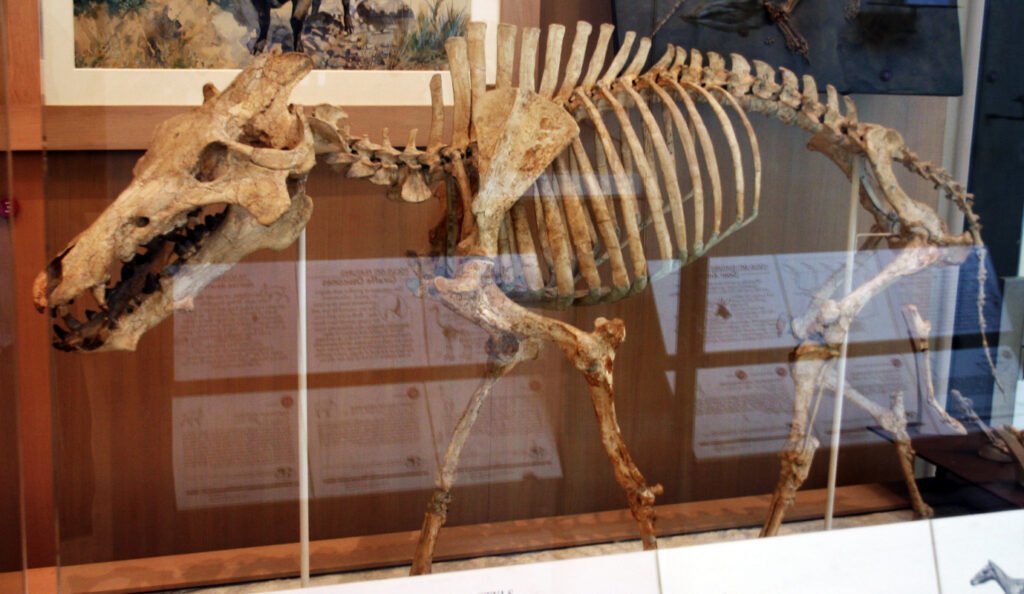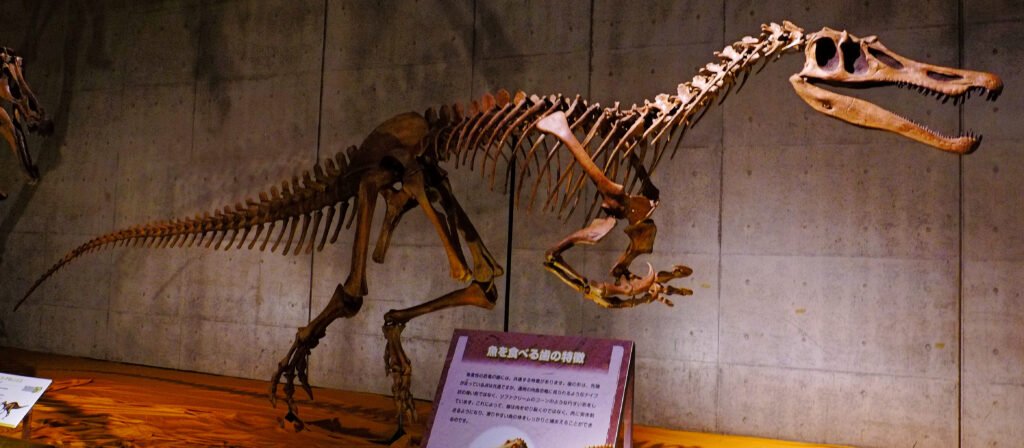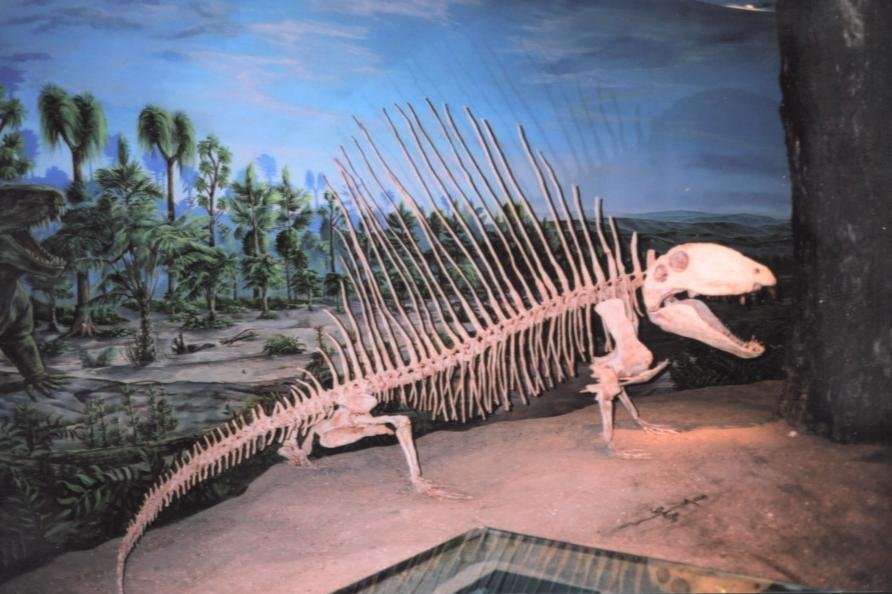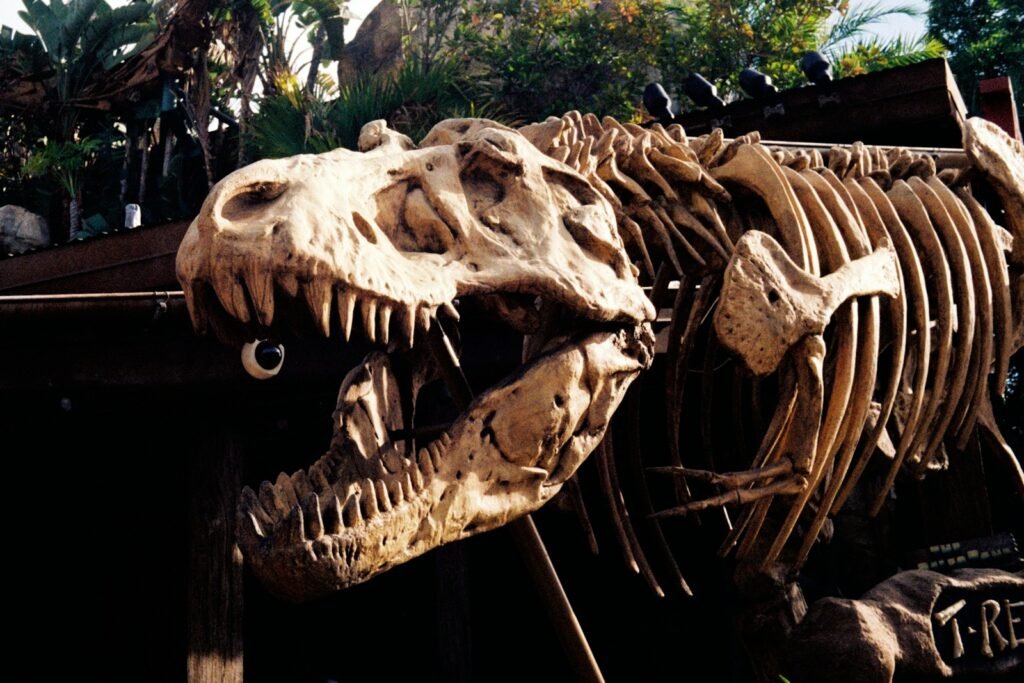Dinosaurs, the colossal rulers of our prehistoric past, have long fascinated scientists and enthusiasts alike. But with so many discoveries already on the books, is it possible that there are still dinosaurs waiting to be discovered? This article explores the ongoing quest to uncover unknown dinosaur species in remote, uncharted territories worldwide.
The Undeniable Allure of Dinosaurs

Dinosaurs have captivated the imagination of people for generations. From children’s toys to blockbuster movies, their presence in culture is as vast as their fossilized footprints. But beyond their allure, they hold invaluable information about the Earth’s history and the evolution of life. Each new discovery can reshape our understanding of these ancient creatures.
The Ever-Growing List of Dinosaur Species

Since the first dinosaur fossils were identified in the early 19th century, palaeontologists have cataloged over 1,000 species. However, with each passing year, that number continues to climb. Technological advances and a dedication to exploration and study have unearthed new species, often from unexpected places.
The World’s Fossil Hotspots: Known and Potential

Regions like North America and China are well-known for their rich dinosaur fossil deposits. But paleontologists are also setting their sights on lesser-known areas, such as parts of Africa, South America, and Asia. These regions are believed to harbor fossils yet to be uncovered, owing to geological conditions that preserved remains over millions of years.
Challenges of Unexplored Regions

Venturing into unexplored regions poses numerous challenges. Harsh climates, remote locations, and unstable political situations can make fossil hunting arduous. Despite these hurdles, intrepid researchers continuously push into these areas, driven by the hope of groundbreaking discoveries.
The Importance of Technology in Dinosaur Discovery

Modern technology has revolutionized the field of paleontology. Techniques like ground-penetrating radar, aerial drone surveys, and advanced imaging allow scientists to identify potential fossil sites with greater accuracy. These tools are invaluable in remote regions, enabling teams to work more efficiently.
Citizen Scientists and the Role of Amateur Fossil Hunters

Amateur paleontologists play a significant role in the discovery of dinosaur fossils. Enthusiasts often stumble upon noteworthy sites and valuable specimens. Authorities in the field encourage responsible fossil hunting, providing avenues for amateurs to contribute significantly to scientific knowledge.
New Dinosaurs: What Recent Discoveries Tell Us

Recent discoveries in Mongolia, Argentina, and even parts of the Arctic have added to our understanding of dinosaur diversity. These finds have challenged long-held assumptions about dinosaur biology and behavior, prompting researchers to re-evaluate existing theories.
Interpreting Fossil Evidence

Understanding dinosaurs is not solely dependent on finding new fossils. It’s also about interpreting the evidence within the context of known information. This allows scientists to fill the gaps in the fossil record and refine the depiction of dinosaur life on Earth.
Global Collaborations in Dinosaur Research

The hunt for dinosaurs is a global effort. Collaborative projects between countries allow for shared resources, knowledge, and expertise. These partnerships have proven crucial in uncovering fossils and gaining a more comprehensive understanding of prehistoric ecosystems.
The Race Against Time: Fossils Under Threat

Sadly, fossil sites face threats from climate change, human encroachment, and illegal fossil trade. Protecting these sites is imperative for ensuring that future discoveries can be made, preserving an invaluable part of Earth’s heritage for generations to come.
In Conclusion: The Future of Dinosaur Discovery

The quest to find undiscovered dinosaurs is far from over. With a combination of perseverance, technology, and collaboration, paleontologists remain optimistic that they will continue to unearth new species, shedding light on Earth’s ancient past. As our planet changes, so too will our methods of exploration, ensuring that the thrill of discovery remains alive.
The vast, uncharted territories offer hope and promise, suggesting that somewhere beneath the earth’s surface, more fascinating giants of the past await discovery, ready to tell their stories of a world long lost to time.



